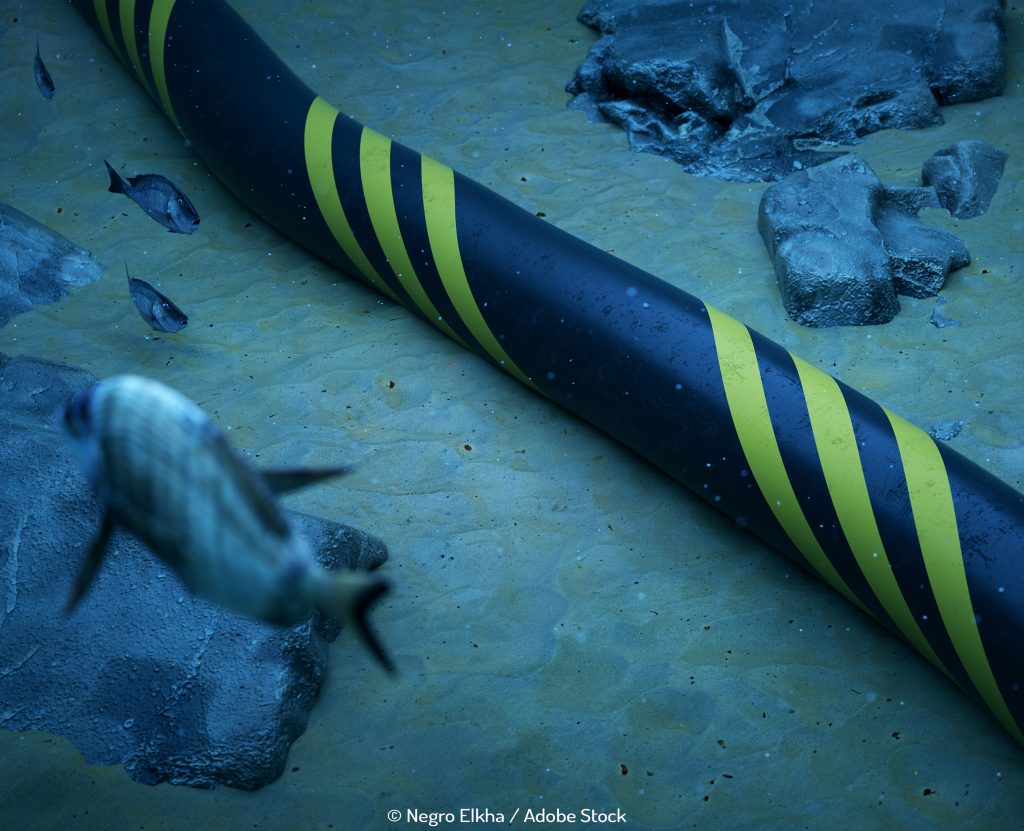
American Offshore Energy Sector on The Rise Thanks To New Climate Bill And DOE Funding
For decades, the coastlines of the US territories have held huge offshore energy potential that couldn’t be tapped into due to federal law, despite the impact of climate change and the drive to adopt renewable energies. Fortunately, though, the situation appears to now be coming to an end.
A climate bill has now been passed to lift the prohibition on offshore wind developed around Guam, Puerto Rico and the three other US territories, finally allowing the territories to benefit from diversified energy sources. The new legislation is also set to live the decade-long moratorium on wind lease sales off the Floridian, Georgian and Carolina coastlines as President Biden seeks to reverse the stifling of clean energy economic growth imposed by Donald Trump.
Not only does the new climate bill allow for the expansion of offshore wind power in the US, but the passing of the Economic and Energy Inflation Reduction Act also means that the clean energy programs are now set to be advanced thanks to a cash injection of $369 billion.
If the House of Representatives approves the bill, American carbon emissions could be slashed by 2030 by around 40% thanks to consumer incentives and tax credits to encourage the purchase of energy-efficient appliances, vehicles, and power generation systems.
Part of the bill also dedicated $260 billion to help the growth of renewable energy development including offshore wind turbine building projects with the aim of deploying 30 gigawatts of wind power within the next decade.
The Bipartisan Infrastructure Law is funding a Solar & Wind Grid Services & Reliability Demonstration Program to show the ways in which clean energy sources will be able to address electricity grid reliability challenges in view of achieving the President’s goal of a 100% zero-carbon economy by 2050.
Originally constructed for power delivery from a handful of fossil fuel-burning power plants, the American electricity grid now has a combination of renewable and traditional energy sources, and in order to achieve an entirely clean energy sector, wind and solar energy generation and storage must be capable of supporting the grid through both normal and emergency situations. The Program will be funding projects that can demonstrate this capacity.
Another exciting move in the American offshore wind farm sector came in the form of a proposal for an enormous offshore wind farm off the Texas coast that will be even bigger than Houston. Set to take advantage of the strong Gulf Coast windows, the project plans to generate power for around 2.3 million homes.
The state of Texas is already leading the way in onshore wind farm energy, but the new 546,645-acre development 24 miles off Galveston’s coastline will fill the gaps in energy production that currently occur on windless summer days. Although concerns have been raised about the potential impact on shrimping and fishing in the area, it is to be hoped that these will soon be ironed out and the project got underway.
Meanwhile, further to the north in Maryland, Wood Thilsted has now been contracted by US Wind to produce detailed foundation designs for the planned 270MW MarWin offshore windfarm. The Maryland Offshore Wind Project will involve the installation of up to 4 offshore substation platforms and as many as 121 turbines that will have a total power general capacity between 1.1GW and 2GW.


